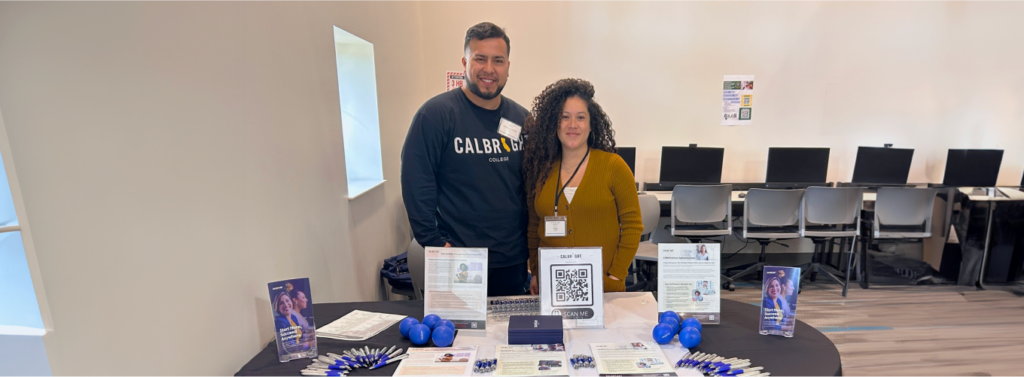Calbright College is at the forefront of a movement in learning called Competency-Based Education (CBE), which designs classes around the idea that the amount of time students spend in the classroom is less important than whether they master the skills being taught. With a CBE approach, students can study at their own schedule, and classes last as long as students need. Every class at Calbright is designed around this principle.
It’s easy to see why this is a good idea, but it can be difficult to design classes for the real world that fit this model. Important questions come up: how do you keep students on track? How do we ensure we are teaching and assessing for skill mastery? How do you know for certain that they’ve mastered the skills? How do you simultaneously support students who are moving quickly through the material and students who are struggling?
Part of Calbright’s mission, established in its founding legislation by the State of California, is to serve as a resource, even a think tank, for other colleges about what works and what doesn’t. That’s one of the reasons why Calbright’s Vice-President of Learning and Instruction, Shannon McCarty, has been developing a “CBE Playbook” – a document that keeps track of everything we’ve learned about designing CBE courses, and is consistently updated and continually evaluated as we learn more.
“The intention of the playbook is to capture current practices, what both Calbright and other institutions are implementing in the CBE space, with the goal of establishing a baseline knowledge that can be shared with internal and external stakeholders,” McCarty said. “I’m inspired by the Sir Isaac Newtown quote, ‘If I have seen further it is by standing on the shoulders of Giants.’ We want to ensure that no one or one institution has to go it alone. By collecting what has been done, in our CBE Playbook, we can use it as the starting point for our work, standing on the shoulders of giants. Think how much more we could do!”
McCarty’s reached out to colleagues at other institutions to compare notes and get a sense of developing best practices. Her hope is that Calbright’s CBE Playbook will become a definitive source for how to design classes using Competency-Based Education.
“While CBE is not a new educational model, we are all learning, iterating, and improving how we best support students – from services to designing the experience,” McCarty said. “The beauty is not having to go it alone, but leaning on and learning from others. The hope is that a collective effort can lead to a better model and ultimately improved student success.”
Calbright’s CBE Playbook is designed to clarify what works and what doesn’t for areas like:
- Assessing student competencies during the course
- Designing experiences that keep students engaged throughout the course
- Evaluating student performance at the end of the course
- Choosing the right tools to support a CBE approach to online learning
By updating the Playbook as new information comes in, it will serve as a resource not just to Calbright professors and instructional designers as they develop new courses and update existing ones, but as a resource that other California colleges can use for designing their own CBE courses. We best support students, and our economy, by sharing what works.



